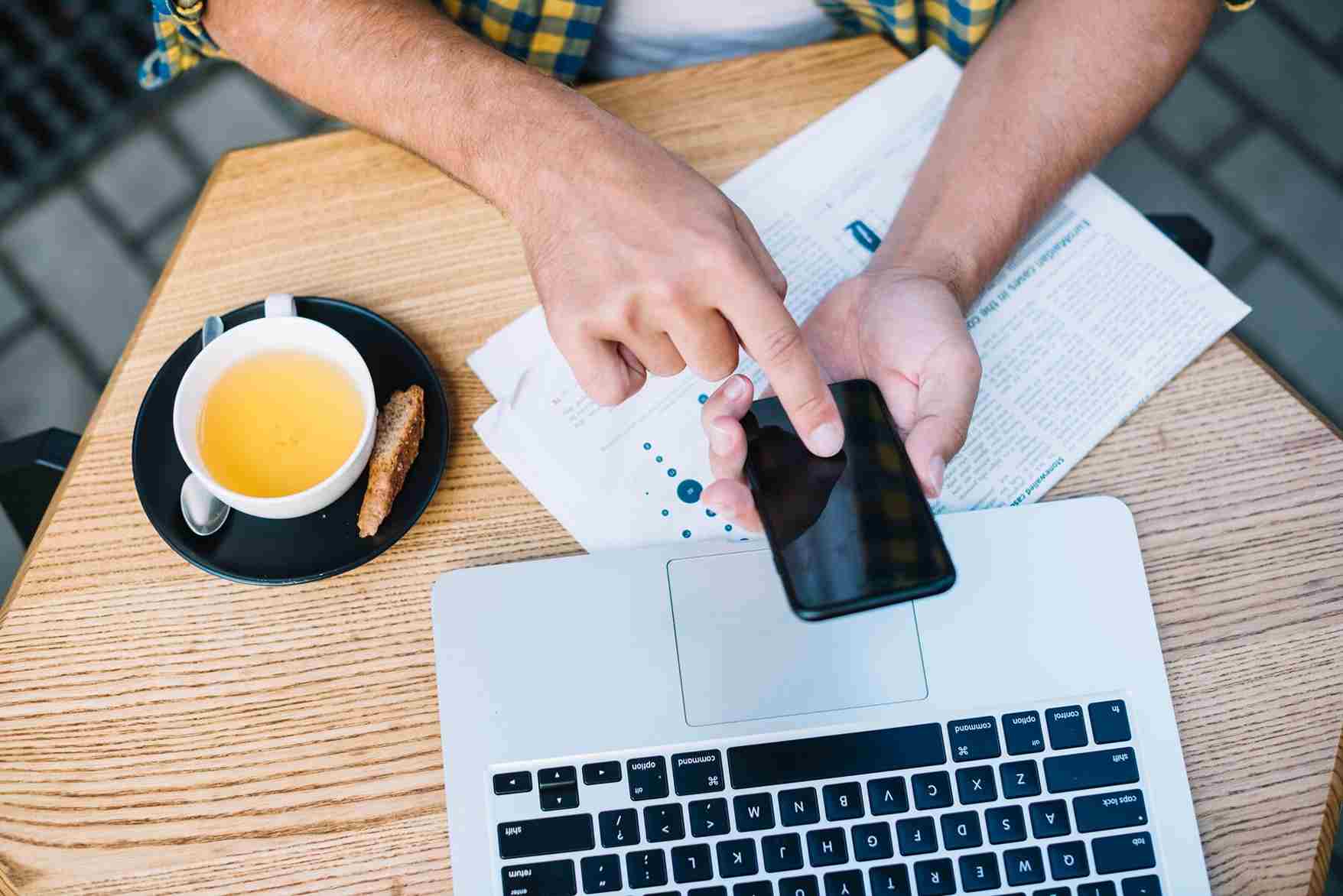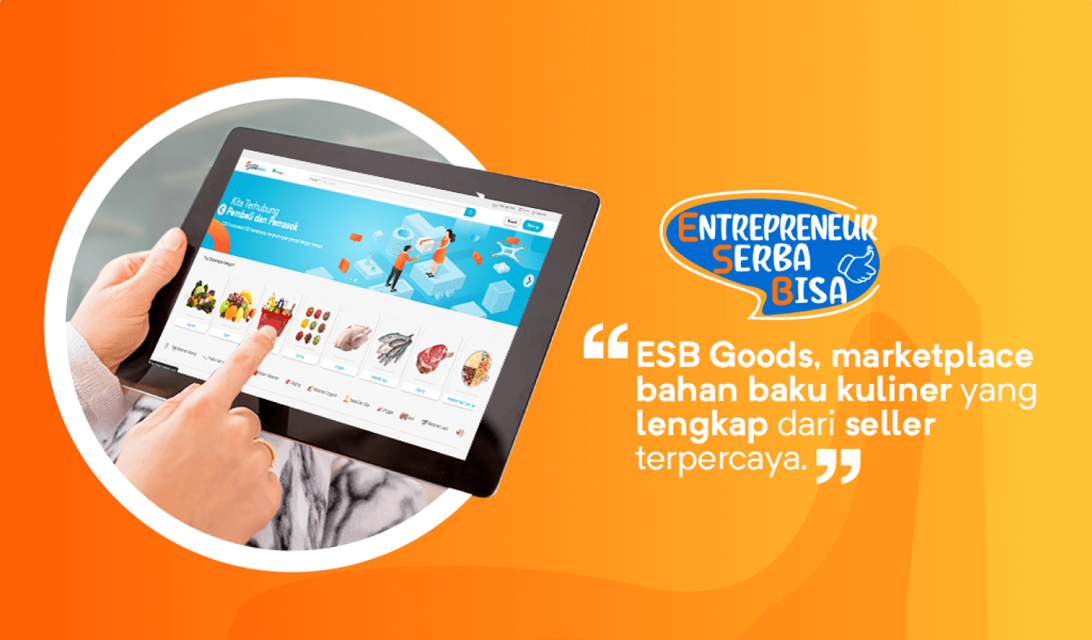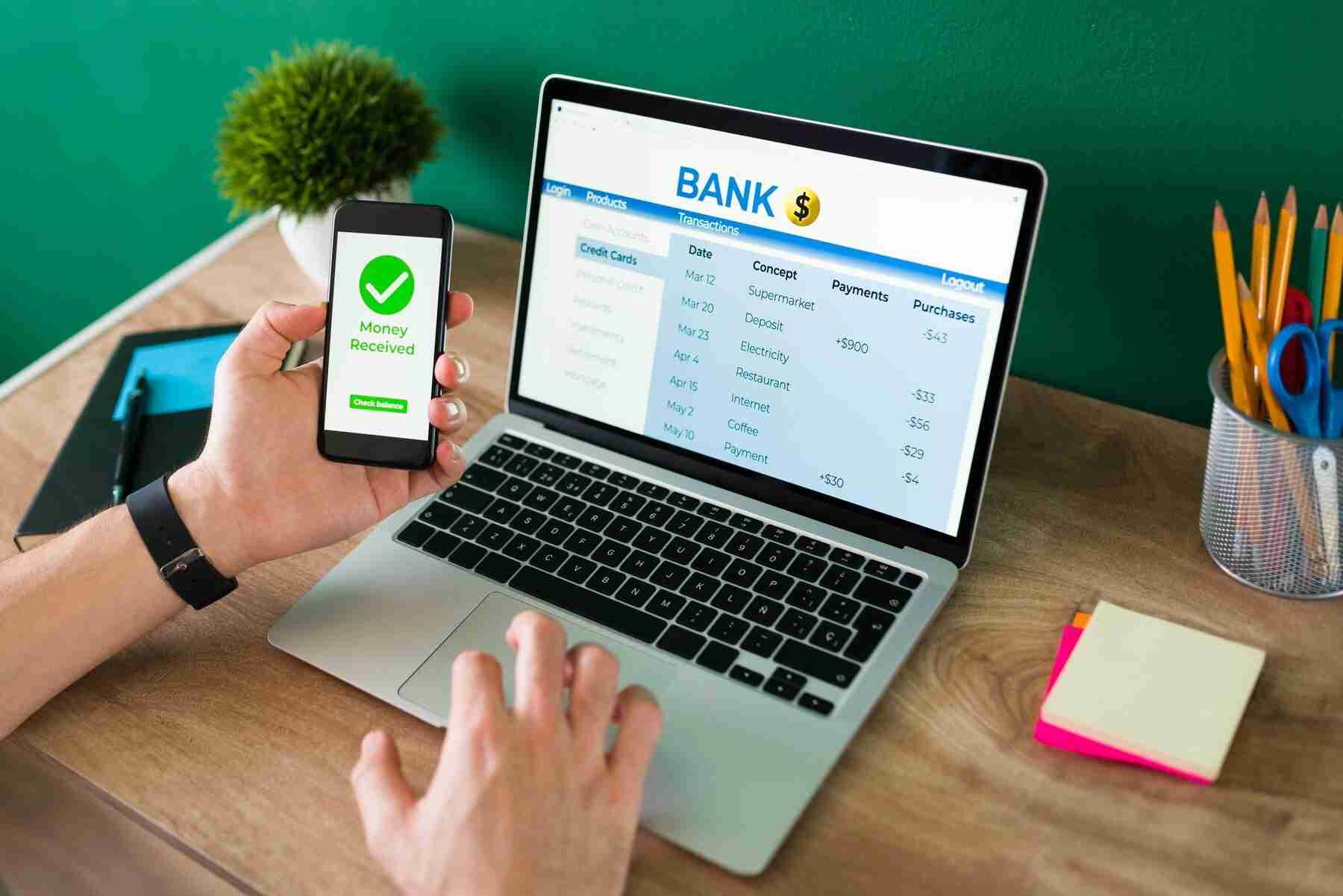 SHARE
SHARE
Benefits of a Restaurant Reservation System and How to Choose the Right One
Sovia
Managing reservations is a crucial aspect of modern restaurant operations. A well-implemented reservation system allows restaurants to regulate customer flow more efficiently.
Without a structured system, issues such as long waiting lines or empty, unused tables often arise.
In today’s digital era, many restaurants have switched to online reservation systems.
This technology enables customers to book tables quickly without making a phone call or visiting in person.
Not only does it improve convenience for guests, but it also enhances operational efficiency for the restaurant.
This article will cover what a reservation system is, the benefits of implementing one, and tips for choosing the right restaurant reservation system.
What Is a Reservation System?
A reservation system is a process of booking a service or space in advance for a specific time.
It ensures that customers can secure availability according to their needs.
Reservation systems are commonly used in service-based businesses such as restaurants, hotels, and amusement parks.
In the culinary industry, a restaurant reservation system allows customers to book tables for a particular time slot.
It provides real-time availability checks, offering a smoother dining experience.
At the same time, it helps restaurant owners manage scheduling and services more efficiently.
Benefits of Implementing a Reservation System
A reservation system helps service-based businesses manage capacity more effectively.
It reduces queues, prevents overbooking, and provides customers with a better overall experience.
Below are the key benefits of using a restaurant reservation system:
1. More Efficient Service Management
With a reservation system, restaurants can adjust capacity based on confirmed bookings.
This helps prevent overbooking and reduces long waiting times. It also ensures optimal table usage, keeping the dining flow organized.
2. Convenience and Better Customer Experience
Online reservations allow customers to book anytime with real-time access.
They can also select preferred seating, such as a private room or a window-side table.
This convenience improves customer satisfaction, comfort, and trust in the restaurant’s service.
3. Operational Efficiency and Productivity
Reservation data helps staff prepare in advance, from table setups to kitchen capacity planning.
Automated reminders also reduce no-shows, preventing revenue loss. Overall, operations become smoother and more efficient.
4. Promotional Opportunities and Customer Loyalty
Data collected from reservations can be used for personalized marketing. For example, sending discount offers on special dates or reminders for upcoming events.
This strategy strengthens customer relationships and encourages repeat visits.
5. Accessibility and Wider Reach
Through online reservations, restaurants can connect with multiple digital platforms that customers already use.
This expands business reach, attracts new diners, and increases the chance of receiving positive reviews, boosting the restaurant’s reputation.
Read more: Waiting List is the Key to Organized Reservations – Here Are 5 Effective Ways to Implement It!
Tips for Choosing the Right Reservation System
Source: freepik.com
Choosing a reservation system is not only about technology, it’s about how well the system supports your restaurant’s daily needs.
A good system should simplify management, improve operations, and enhance the customer experience.
Here are some important factors to consider:
1. Ease of Use
The system should be user-friendly for both staff and customers. An intuitive interface helps employees adapt quickly and makes customers feel comfortable booking.
Ensure the system is accessible across devices, including mobile phones.
2. Integration with Other Systems
Check whether the reservation system integrates with POS, CRM, and your restaurant’s website.
This integration streamlines workflows, from order recording to customer data management, improving efficiency.
3. Flexibility and Customization
Every restaurant has unique needs. Choose a system that allows table mapping, branding customization, and special requests from customers.
This personalization creates a better dining experience and aligns with your restaurant’s identity.
4. Table Management Features
An ideal restaurant reservation system should include table management features such as real-time availability updates, table status tracking, and waitlist functionality.
These tools minimize waiting times and maximize seating capacity.
5. Support and Data Security
Ensure the provider offers responsive support, including training and technical assistance.
Data security is also essential, select a system that complies with data protection standards to safeguard customer information.
By considering these factors, you can select a restaurant reservation system that not only streamlines operations but also delivers an exceptional customer experience.
Why Is the Reservation Feature Important?
For F&B businesses like restaurants, cafés, or lounges, customer experience is everything.
A reservation system helps streamline service flow and allows better predictability.
Customers know when they'll be served, and your team can better manage staffing and inventory.
Reservation Functionality Within a POS
Integrating reservations directly into your POS system offers several advantages over separate or manual systems:
- Customer data is automatically stored in the POS database
- Reservation status is visible in real-time from the dashboard
- Automatic confirmation via email or WhatsApp
- Integration with table layout for easier seat arrangements
- Reservation history can be analyzed for retargeting or loyalty programs.
Reservation vs. Booking: What's the Difference?
Generally speaking, "booking" and "reservation" are similar—they both refer to securing a spot in advance.
The difference is mostly in tone: booking is often used in more casual or digital contexts, while reservation feels more formal and structured.
In practice, though, both are used interchangeably as long as the goal is clear: securing a place before arrival.
Reservation Etiquette Often Overlooked
Making a reservation isn’t just about clicking and showing up. There’s etiquette involved:
- Cancel if you can’t come, so the slot can go to someone else
- Arrive on time. Many systems allow only a 10–15 minute grace period
- Use real contact details. Fake names or numbers could get your next reservation blocked.
These rules are especially important if your restaurant already uses an automated POS-based reservation system.
Challenges Behind Reservation Systems
Despite their benefits, reservation systems also come with challenges:
- Overbooking: Happens when the system doesn’t enforce capacity limits
- Double booking: Two customers end up with the same slot
- No-shows: Customers fail to show up without cancellation
- System downtime: Booking codes fail to send or aren't recorded properly
That’s why many businesses now use deposit or pre-payment features through their POS to increase customer commitment.
What is RSVP and Why It Matters for F&B?
RSVP comes from the French phrase "Répondez s’il vous plaît", meaning "Please confirm your attendance."
While mostly used in formal events, the principle applies in F&B as well: the sooner guests confirm, the better you can manage capacity and logistics.
Read Also: Want Your Restaurant to Sell Like Hotcakes? Learn These 7 Culinary Business Management Tips!
Common Terms in Reservation Systems
To avoid confusion, here are some common reservation terms:
- No-show: Customer fails to show up without canceling
- Deposit: Down payment to secure a slot
- Booking Code: Unique number as proof of reservation
- Waiting List: Backup list in case slots open
- Confirmation Email: Official proof your reservation is confirmed
Make sure your POS system handles these automatically to avoid miscommunication.
Read Also: Want Your Restaurant to Sell Like Hotcakes? Learn These 7 Culinary Business Management Tips!
FAQs About Restaurant Reservation Systems
1. What is a restaurant reservation system?
A restaurant reservation system is technology used to manage customer table bookings, making the process easier, faster, and more accurate.
2. What are the benefits of an online reservation system?
It reduces waiting lines, improves efficiency, and allows customers to book tables conveniently.
3. Do restaurants charge for reservations?
Most restaurants do not charge a fee for reservations. However, some may require a deposit to secure the booking.
4. How do I make a restaurant reservation?
Reservations can be made by phone, in person, or via an online reservation system. Many restaurants now offer booking through websites or apps.
5. Can reservations be canceled?
Cancellation policies vary by restaurant. Most allow cancellations with advance notice.
Read more: Get to Know Table Management Systems and Their Benefits for Your Restaurant
Conclusion
Using a restaurant reservation system offers numerous benefits—from operational efficiency and improved customer experience to stronger marketing strategies.
This technology not only simplifies reservation management but also supports restaurant growth in the digital era.
Enhance your business efficiency with ESB Order, an online food ordering system proven to increase transactions by up to 60% through AI-driven recommendations.
The system integrates seamlessly with digital payments, vouchers, and membership or loyalty programs, while speeding up the ordering process by up to 40% compared to manual methods.
Don’t let manual reservations slow down your growth.
Contact the ESB Team today for a free consultation and demo, and discover how ESB Order can help your restaurant grow faster and operate more efficiently.
 SHARE
SHARE




